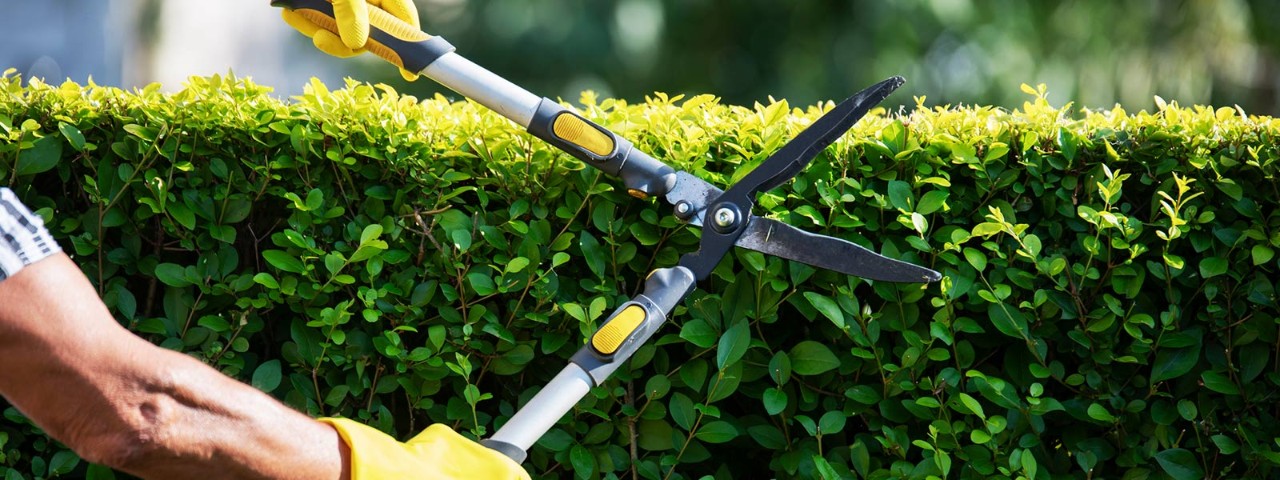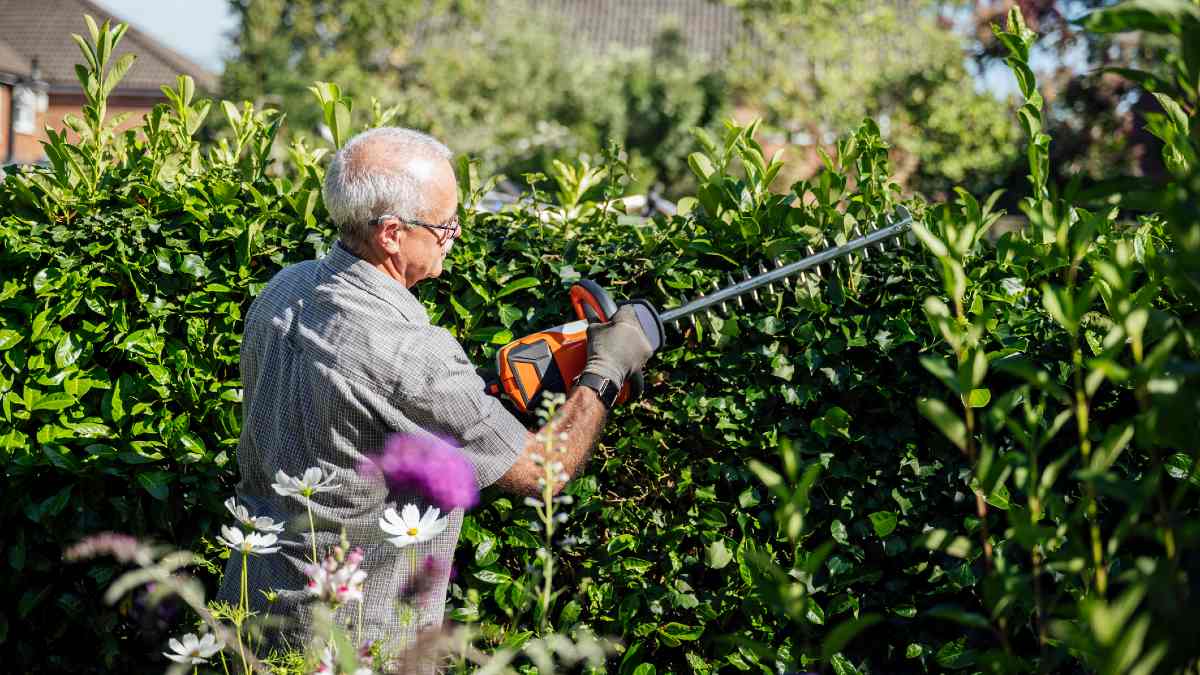Want beautiful blooms and fewer weeds in your garden? It’s time for a mulch makeover to give your plants a pick-me-up.
Why trimming your hedges in winter is a better time than spring

While spending some time in the garden is most enjoyed in the warmer months, there’s good reason why winter is the best time to sharpen your shears.
There are plenty of reasons to establish hedges around your home. The ‘living fences’ provide ample privacy, habitat for birds and insects and can help reduce localised air and noise pollution. A well-maintained hedge can even outlast a conventional fence.
But just like any plant, hedges need regular maintenance to keep them in optimal condition. In addition to watering and feeding, hedges need to be trimmed at least annually – and there are a few things you need to know before sharpening the shears.
When is the best time to trim hedges?
It’s not just humans that slow down during the colder months. In winter, many plants enter a period of dormancy.
While dormant, plants slow down or completely cease growing to conserve their strength for when conditions improve – that is, once spring comes and the weather warms.
Broadly speaking, the best time to trim your hedges is in late winter. This is because the plant is still dormant and therefore the stress is minimal, as is the chance of cutting off new growth.
Trimming your hedges in winter is particularly important if you’ve let them go a bit and need to give your plants a prune.
You can also give your hedge an additional trim in summer to maintain your desired size and shape.
Why do I need to trim my hedges?
Trimming or pruning is an essential job for many plant species, including those used as hedges.
The most obvious reason to trim your hedges is to keep them to your desired height and shape.
It might feel counterintuitive but chopping back your hedges will promote plant health and strong growth. The process removes dead and unhealthy branches which will allow the plant to put more energy into new leaves.
If you’ve used a flowering shrub or tree for your hedge, trimming also promotes healthier, more vibrant flowers.

If you're trimming a large or tall hedge, consider using an electric hedge trimmer. Photo: Getty
Hedge trimming tips
Use wires to guide you
If you want to create a neat, straight hedge it’s easier to do so with guide wires.
This can be done by first driving stakes around your hedge, then placing string or wires between them to create a template for you to trim the plant.
Feed after pruning
Even though plants generally use less energy during winter, it’s still a good idea to feed your hedges after pruning to encourage optimal health. Feed with a slow-release fertiliser in late winter or early spring to keep your hedges happy.
Use the right tools
If you have a small hedge, you can trim it using just hand shears. However, if you have a large or tall hedge you might want to invest in a hedge trimmer, which can be bought from most hardware stores.
No matter what tool you use, be sure to clean them after use to maintain a sharp edge and to potentially prevent disease spreading between plants.
Common hedging mistakes
Not pruning your hedge regularly
Hedges aren’t naturally geometric – the plants that are used for hedges are often woody species that can and will try to grow into full trees if you let them.
Ensure you’re pruning your hedges back at least once a year to keep them in check.
Not knowing what sort of plant your hedge is
There’s no one ‘hedge’ plant. Hedges can be created from a variety of species. Knowing that species can determine how to best care for your hedge, including specifics on how and when to trim.
Not sure what plant your hedge is made from? A number of apps and online databases exist that can help identify species, plus many nurseries can give you an expert opinion from a photo or clipping.
Top-heavy hedges
Hedges have a tendency to grow wider at the top, and narrower at the bottom. This is because the top of the hedge gets more sunlight, which allows the top leaves to grow faster and stunt the growth of the foliage below.
You can avoid this by trimming your hedges so that they are narrower at the top, and wider at the bottom. If you were to cut the hedge in half, the shape should look like an equilateral triangle that has a flat top.


